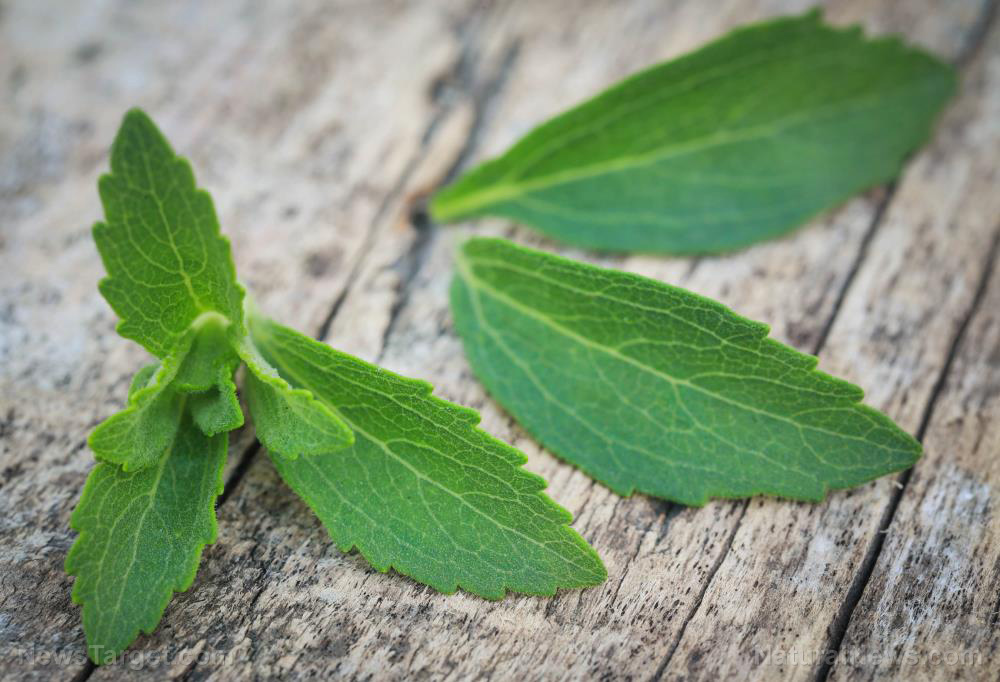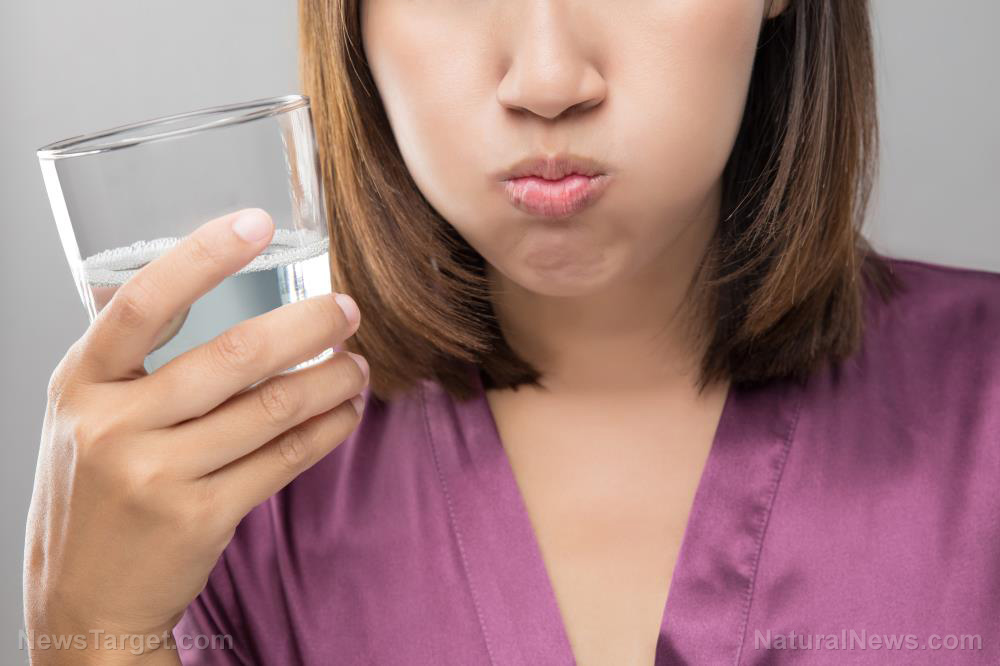 Parler
Parler Gab
Gab
- Improved glucose utilization in the liver
- Supported normalized glycogenesis (glucose forming activity) in the liver and muscle tissue
- Reduced pancreatic and intestinal glucosidase inhibitory activity, which translates into lower post-meal blood sugar elevations
Normalization of plasma insulin and C-peptide levels were observed in diabetic mice, indicating endogenous insulin secretion after the treatment with LU6. The histochemical and immunohistochemical analysis on pancreatic islets suggests the role of LU6 fraction in islet regeneration and insulin secretion as evident in increase functional pancreatic islets producing insulin. Furthermore, significant insulin producing islet formation was also observed in in vitro PANC-1 cells after LU6 treatment, indicating the cellular aggregates to be newly formed islets. This suggests the potential of LU6 fraction in the formation of new islets in vitro, as well as in vivo. Thus, LU6 can be used as a nutraceutical-based first-line treatment for diabetes. [emphasis added]Keep in mind that this is not the first time that flaxseed has been found to improve blood sugar disorders. We have a few studies on GreenMedInfo.com already indexed on the topic that you can view here: Flaxseed and Diabetes. Furthermore, we have found a broad range of natural substances experimentally confirmed to stimulate beta cell regeneration, 10 of which are listed below:
- Arginine: A 2007 study found that the amino acid L-arginine is capable of stimulating the genesis of beta cells in an animal model of alloxan-induced diabetes.[2]
- Avocado: A 2007 study found that avocado seed extract reduced blood sugar in diabetic rats. Researchers observed a restorative and protective effect on pancreatic islet cells in the treated group.[3]
- Berberine: A 2009 study found that this plant compound, commonly found in herbs such as barberry and goldenseal, induces beta cell regeneration in diabetic rats, which lends explanation for why it has been used for 1,400 years in China to treat diabetes.[4]
- Chard: A 2000 study found that chard extract given to diabetic rats stimulates the recovery of injured beta cells.[5]
- Corn Silk: A 2009 study found that corn silk reduces blood sugar and stimulates beta cell regeneration in type 1 diabetic rats.[6]
- Curcumin (from Turmeric): A 2010 study found that curcumin stimulates beta cell regeneration in type 1 diabetic rats.[7] Additionally, a 2008 study found that curcumin preserves pancreatic islet cell survival and transplantation efficiency.[8]
- Genistein (from soy, red clover): A 2010 study found that genistein induces pancreatic beta-cell proliferation through activation of multiple signaling pathways and prevents insulin-deficient diabetes in mice.[9]
- Honey: A 2010 human study found that long-term consumption of honey might have positive effects on the metabolic derangements of type 1 diabetes, including possible beta cell regeneration as indicating by increases in fasting C-peptide levels.[10]
- Nigella Sativa (black seed): A 2003 animal study found that black seed consumption led to partial regeneration/proliferation of the beta cells.[11] A 2010 human study also found that the consumption of 1 gram of black seed a day for up to 12 weeks had a broad range of beneficial effects in diabetics, including increasing beta cell function.[12]
- Stevia: A 2011 human study found that stevia has anti-diabetic properties, including revitalizing damaged beta cells, and compares favorably with the drug glibenclamide but without the adverse effects.[13]
Study links BLUE LIGHT from smartphones and tablets to EARLY PUBERTY
By Olivia Cook // Share
Best diaper changing technique for newborns to reduce colic
By News Editors // Share
Forever chemicals pose greater cancer risk to women than men, study finds
By Zoey Sky // Share
Stevia kills Lyme disease pathogen better than antibiotics (preclinical study)
By News Editors // Share
Mouthwashes contain deadly chemicals linked to HEART problems, CANCER, study finds
By Ethan Huff // Share
Governments continue to obscure COVID-19 vaccine data amid rising concerns over excess deaths
By patricklewis // Share
Tech giant Microsoft backs EXTINCTION with its support of carbon capture programs
By ramontomeydw // Share
Germany to resume arms exports to Israel despite repeated ceasefire violations
By isabelle // Share










